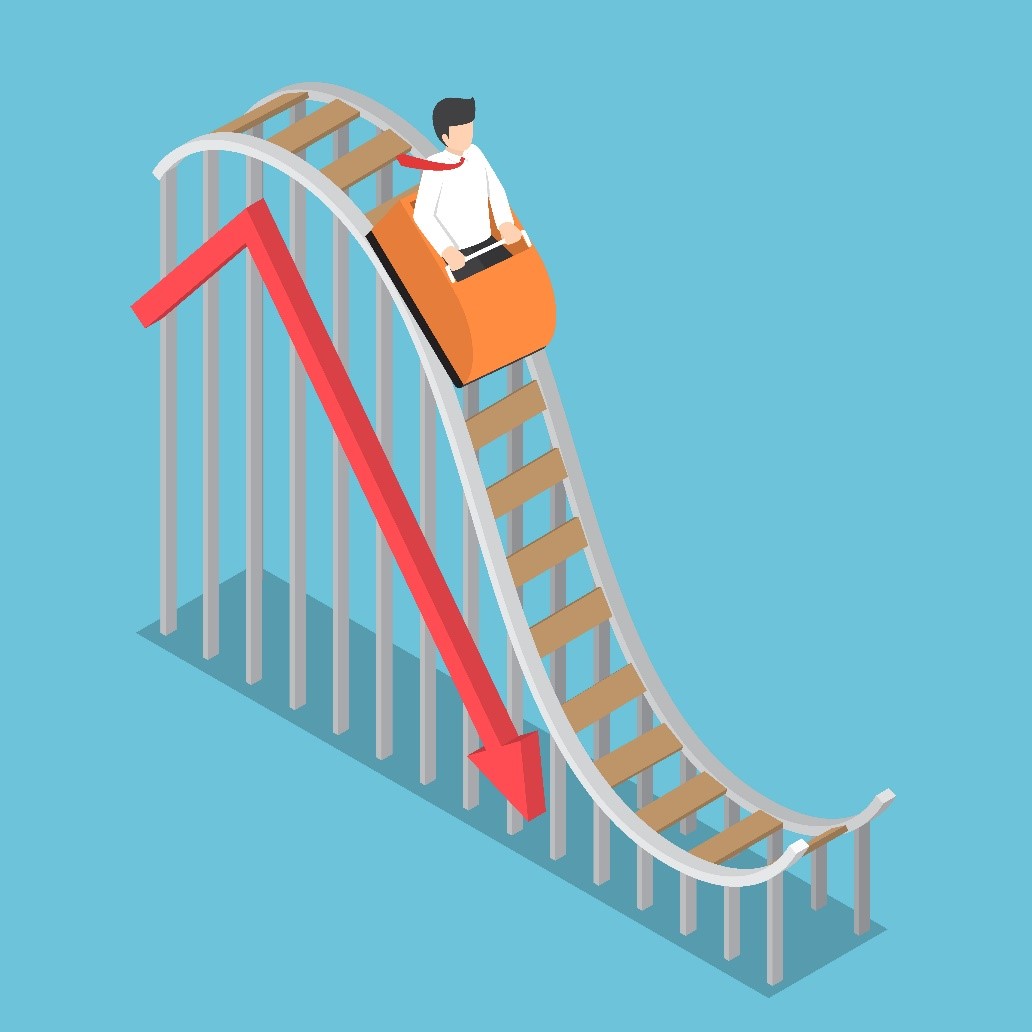How about that October market ride! My neck is still sore from all the gyrations.
The good news is that we gray hairs should know by now that the issue with sell-offs isn’t a question of whether the market comes back. We’ve all been around long enough to know it will.
No, for us the issue is how long it takes to come back. It’s all about aging and time. I call it “Age Adjusting,” and it goes like this…
First up, markets sell off. That’s what they do. If all a market did was go up, it would be called the national debt.
Next, as we age, we must limit how these inevitable sell-offs will affect our money. It’s called lowering our risk profile.
The widely accepted way to do this is called the 60-40 rule. It involves investing 60% of your portfolio in stocks and 40% in bonds. As with most of what Wall Street peddles, it is useless boilerplate. It’s a one-size-fits-all, quick-and-dirty, partial fix that can cost a gray hair a lot of money.
As many of you may have heard me say before in other pieces, the best risk-lowering approach is to make the percentage of bonds you hold your age. For example, at 60 years old, you should have 60% of your portfolio in bonds. A 65-year-old should have 65% in bonds.
It just makes sense that an 80-year-old person would have a greater need for stability in their assets and income than a 55-year-old who has 10, maybe 20, years left to recover from sell-offs.
In our working years, we could save more, maybe count on a salary increase or bonus, or just wait for a sell-off to rebound and get back to even until we’re finally making money again.
But time has played a dirty trick on us. Most of us don’t save anymore – not enough to matter. And there are no more salary increases – no salary at all. That’s why I call retirement 20 to 30 years of unemployment.
The biggest loss to aging is the time necessary to recover from sell-offs. That is why we have to shift gears every year and move more of our assets to bonds.
It took about five years to break even after the 2008 debacle. That means we not only lost capital if we sold in a panic but also lost something in the area of five years of growth that we will never get back.
Only bonds give us the income, stability, predictability and reliability we have to have to make the time we have left work the hardest for us.
Investing for us? It’s all about how much time we have left. The logical conclusion of not dying young is that we are slowly running out of that time.
This market will crash at some point – they all do. It will make the October gyrations look tame. The last place a 70- or 80-year-old wants to be is with 60% of their money under the debris that will result.
This is deadly serious stuff, and you must see it that way. Most people have ignored the bond portion of their asset allocation and hold only stocks or cash.
Look at your portfolio’s stock-to-bond ratio. Age Adjust it today, and start shifting to safer, more stable holdings that put time on your side for a change.
Good investing,
Steve
